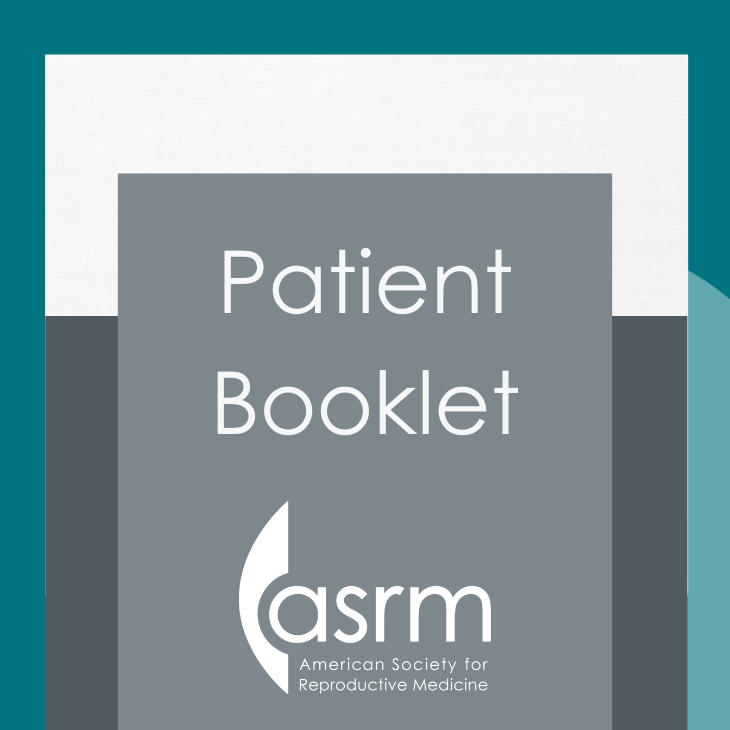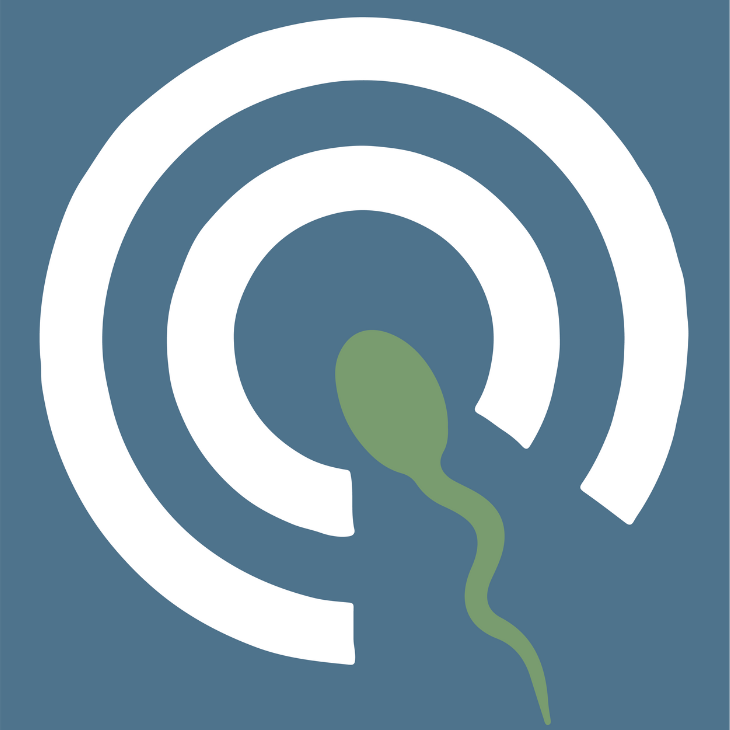
ABNORMALITIES OF THE FEMALE REPRODUCTIVE TRACT (MÜLLERIAN DEFECTS)
Revised 2012
Like other organs in the body, a woman’s reproductive organs take shape when she is still a fetus inside her mother’s uterus. These organs include the uterus and fallopian tubes, which develop from two ducts known as the müllerian ducts.
During normal development, these ducts come together. When this happens, a single uterus with an open cavity and two fallopian tubes are formed. Sometimes the uterus and fallopian tubes may not form like they should. These malformations are called müllerian anomalies or defects. Müllerian anomalies may make it difficult or impossible to become pregnant.
Often kidney problems develop in women with müllerian abnormalities, mainly because the kidneys develop next to the müllerian system.
A woman is unaware she has MRKH until she is older. The main symptoms are the absence of periods and/or pain when attempting sexual intercourse. A woman with MRKH can sometimes have surgery to enlarge the vagina. Also, since a woman with MRKH has ovaries that produce eggs, she can have children but will need to use in vitro fertilization (IVF) and a gestational carrier.
However, women with fusion disorders are more likely to have miscarriages and preterm births. Difficulties with pregnancy depend on the specific fusion disorder present. The only way to diagnose a fusion disorder is through ultrasound, magnetic resonance imaging (MRI) or a surgical procedure.
During normal development, these ducts come together. When this happens, a single uterus with an open cavity and two fallopian tubes are formed. Sometimes the uterus and fallopian tubes may not form like they should. These malformations are called müllerian anomalies or defects. Müllerian anomalies may make it difficult or impossible to become pregnant.
What types of müllerian anomalies are there?
The most common types of müllerian anomalies are:- Müllerian agenesis, which is a failure to form the uterus and fallopian tubes
- Disorders of fusion, which occur when the müllerian ducts fail to come together correctly
Often kidney problems develop in women with müllerian abnormalities, mainly because the kidneys develop next to the müllerian system.
What causes Müllerian agenesis?
Müllerian agenesis (sometimes called Mayer-Rokitansky-KusterHauser [MRKH] syndrome) happens when the uterus, cervix (opening of the uterus), and upper vagina don’t develop correctly or at all. Instead, there is a small vaginal opening or dimple. Women with MRKH have normal ovaries and will have normal development of breasts, clitoris, (part of the vulva) and vulva (external genetalia).A woman is unaware she has MRKH until she is older. The main symptoms are the absence of periods and/or pain when attempting sexual intercourse. A woman with MRKH can sometimes have surgery to enlarge the vagina. Also, since a woman with MRKH has ovaries that produce eggs, she can have children but will need to use in vitro fertilization (IVF) and a gestational carrier.
What types of müllerian duct fusion disorders are there?
- A complete duplication of the uterus. In this situation, a woman has two uteri, cervices and vaginas.
- A bicornuate uterus, in which two uteri share a single cervix and vagina. This can cause painful periods if the cervix does not allow blood to flow through and can be corrected with surgery.
- A septate uterus. In this situation, there is a fibrous band of tissue going through the uterus. A doctor can remove the fibrous band through a minimally invasive procedure known as a hysteroscopy.
- An arcuate uterus, which means there is a “dent” on the top of the uterus. This situation does not cause any problems with pregnancy.
How do müllerian duct fusion disorders impact a woman’s ability to get pregnant?
Women with fusion disorders have ovaries that function normally so they develop breasts, vulva, and pubic hair and can get pregnant. In addition, they experience no physical discomforts or difficulties engaging in sexual intercourse due to their internal abnormalities.However, women with fusion disorders are more likely to have miscarriages and preterm births. Difficulties with pregnancy depend on the specific fusion disorder present. The only way to diagnose a fusion disorder is through ultrasound, magnetic resonance imaging (MRI) or a surgical procedure.

Fact Sheets/Booklets
View more fact sheets and booklets written by the ASRM Patient Education Committee.
Third-Party Reproduction
The phrase “third-party reproduction” refers to involving someone other than the individual or couple that plans to raise the child (intended parent[s]) in the process of reproduction.
Menopausal Transition (Perimenopause): What Is It?
The menopausal transition (perimenopause) is the period that links a woman’s reproductive (childbearing) years and menopause.
Hyperprolactinemia (High Prolactin Levels)
Prolactin is a hormone produced by your pituitary gland which sits at the bottom of the brain.Female Fertility
Find a Health Professional
Connect with reproductive medicine experts who will guide you through your unique journey. Our search tool allows personalized matches based on location, specialization, and expertise. Take control of your reproductive health with compassionate providers, innovative treatments, and unwavering support.
Search for an Expert










